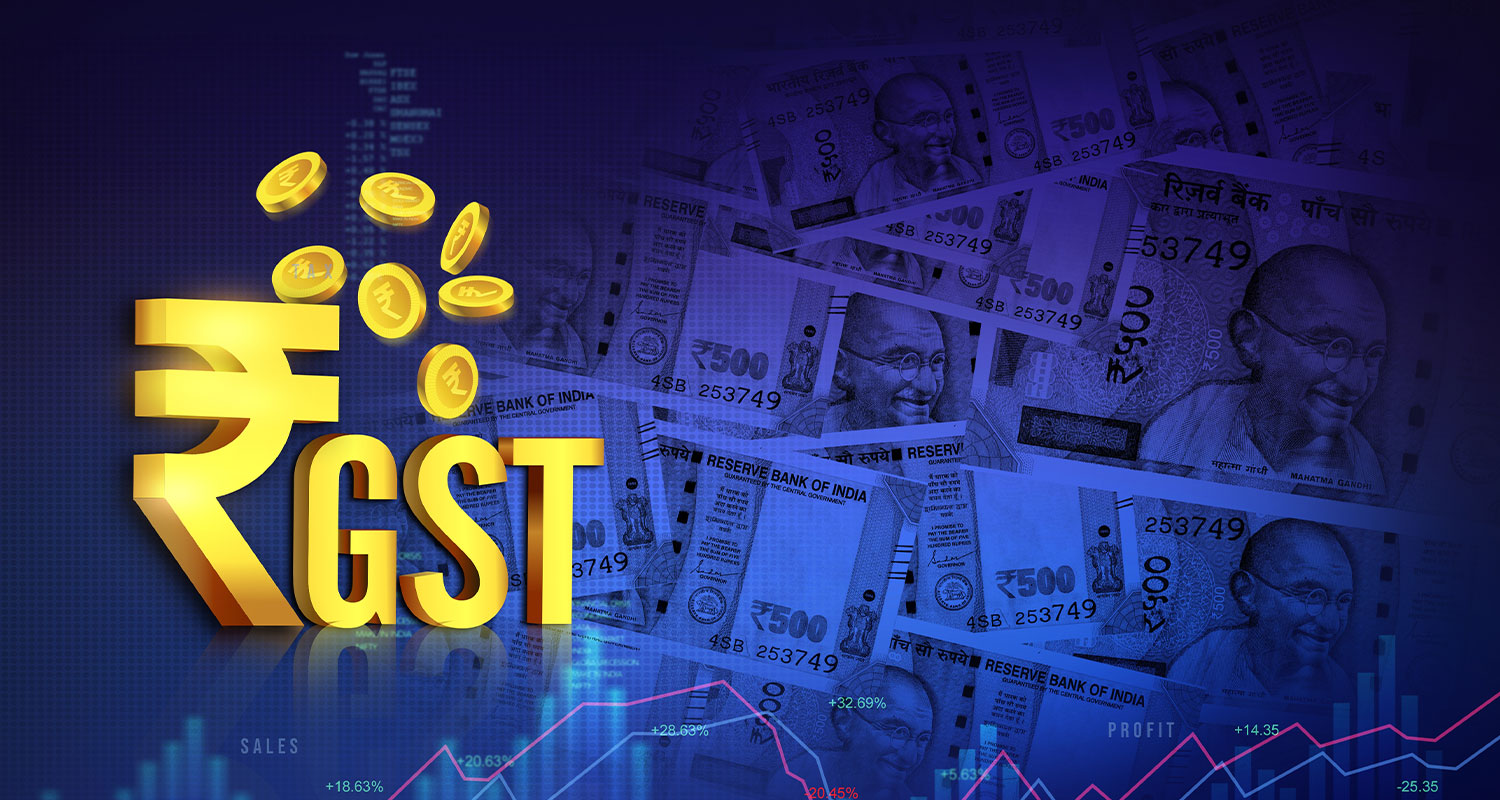Buy, sell and find just about anything using the app on your mobile.

When India introduced the Goods and Services Tax (GST) back in 2017, car buyers were among the first to notice the impact. Suddenly, excise duty, VAT, road tax, and a list of other levies were merged into one umbrella tax. It sounded neat. But for automobiles, the reality was less comforting: effective tax rates remained high, especially for larger cars and SUVs.
Fast forward almost eight years, and GST is getting a makeover. GST 2.0, effective 22 September 2025, promises a cleaner, simpler regime. For new cars, that means lower prices in most categories. But what about used cars– a market already far bigger than new car sales in India? That’s where it gets really interesting.

Under the first GST, small cars typically attracted close to 29–31% tax, while SUVs and premium cars could reach up to 50% for SUVs and premium cars. The logic was luxury or larger cars carried a higher tax burden.
For used cars, the story was even messier. Initially, GST applied to the full resale price, making pre-owned vehicles unnecessarily expensive. Dealers called it double taxation, and buyers weren’t happy either.
By 2018, the rules were relaxed: GST would apply only to the dealer’s margin, the difference between buying and selling price. This change was a major relief and helped the used car market bounce back.
The government has promised fewer slabs, less confusion, and easier compliance. Here’s the new layout for cars:
Small cars (up to 1,200 cc petrol or 1,500 cc diesel, and length ≤4 m): 18% GST.
SUVs, larger sedans, and luxury models: 40% GST, down from the earlier 43–50% range.
Electric cars (EVs): 5% GST (unchanged).
* For used cars, 18% GST is on the dealer’s margin. No extra cess, no added complexity.
Read More: Maruti Suzuki Price Cut: GST 2.0 & Cess Removal Make Swift, Brezza, Ertiga, WagonR Cheaper
Suppose a dealer buys a 3-year-old Maruti Brezza at ₹7 lakh and sells it for ₹7.8 lakh. His profit margin is ₹80,000. GST is applied on this margin at 18%: ₹14,400.
This implies that the buyer doesn’t pay GST on the entire ₹7.8 lakh but only on the dealer’s profit. And if you buy directly from an individual, GST doesn’t apply at all

Imagine a new hatchback that used to cost ₹6.5 lakh. Post-GST 2.0, the same car could be closer to ₹6 lakh. Suddenly, a used version that’s only two years old and listed at ₹5.3 lakh doesn’t feel like such a good deal anymore. This gap matters. Buyers who were firmly in the “used car only” camp may now stretch a little to get a brand-new vehicle. That means used-car dealers will have to rethink their pricing.

Read More: Small Cars, Big Savings: Top 10 Picks After GST 2.0
Let’s have a good look at the segment-wise impact of the GST 2.0:
Hatchbacks and entry-level sedans: Will face the strongest price correction. These overlap most with the newly affordable small cars.
Luxury cars: The effect will be lighter. Even if new luxury cars become 5–7% cheaper, the gulf between new and used luxury models remains large.
Electric vehicles: Practically unchanged. With both new and used EVs taxed at very low rates, this category will evolve at its own pace.
Read More: Latest GST Slabs & New GST Rates: What It Means for Car Buyers
The latest GST reforms are sending ripples through India’s used car industry, influencing buyer behavior and trade-in trends across different segments:
With GST cuts making small cars much cheaper, first-time buyers and budget-conscious customers are upgrading faster. This leads to a surge in trade-ins, as people swap their older cars for more affordable new models. Even if they incur a small loss on their old car, the overall financial benefit of the cheaper new car makes it worthwhile. Used entry-level cars are now moving faster on the market, giving dealers more inventory turnover.
New SUVs have only become slightly cheaper (GST reduced from approx. 50% to 40%). For buyers who want an SUV but are price-sensitive, used SUVs present a more attractive option. As a result, demand for pre-owned SUVs is climbing, creating a thriving secondary market for mid-sized and premium utility vehicles.
Luxury sedans remain costly even after GST adjustments. This keeps new high-end models out of reach for many, boosting interest in pre-owned luxury cars. Buyers see used luxury sedans as 10–12% more affordable, making them a smart choice for value-conscious enthusiasts.
Compare pre- and post-September prices before making a decision.
Beyond GST, also weigh other ownership costs such as insurance premiums, loan interest rates, and long-term maintenance.
Ask the dealer to explain how GST is being applied on the margin.
Clear old stock quickly, even if margins shrink. Cars depreciate fast.
Offer add-ons like warranties or servicing to justify pricing.

Read More: GST on Used Cars – An Ultimate Guide to Second Hand Car GST
GST 2.0 doesn’t touch the used-car tax rate directly. But by making new cars more affordable, it forces used-car dealers to adapt. Prices will soften, negotiations will get tougher, and margins will be tighter. For buyers, that means more leverage. For sellers, it means quicker adaptation or risk being left behind. As car prices shift under GST 2.0, OLX is your go-to destination for affordable, trusted options.
No, the tax on used cars remains the same at 12% on the dealer’s margin.
No, GST is applied only when you buy from a registered dealer, not from an individual.
Because new cars are getting cheaper, buyers may expect better deals on pre-owned cars.
Entry-level hatchbacks and sedans, since their new car prices will drop the most.
Good for buyers, as it improves bargaining power and may bring softer prices in the market.